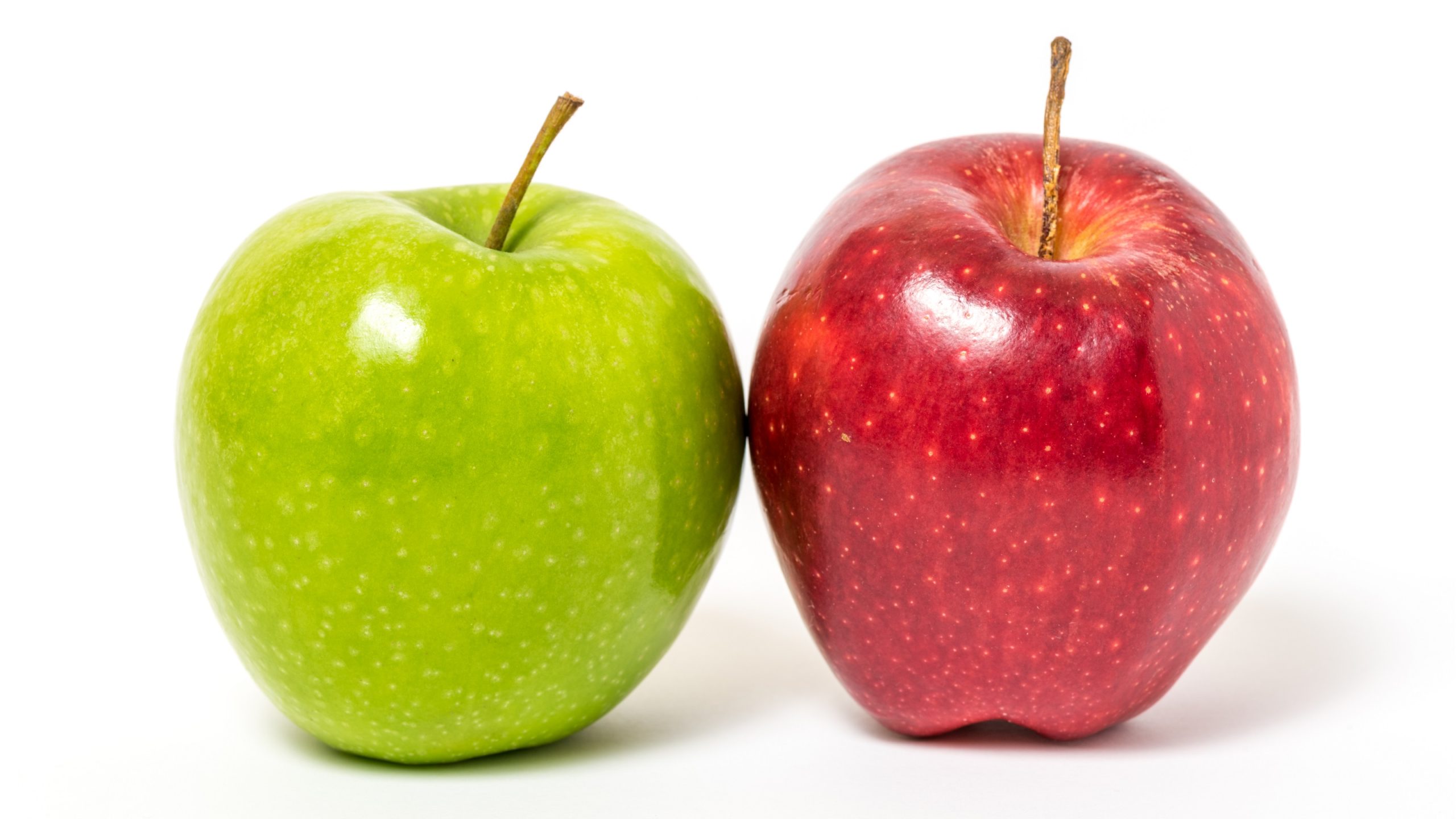Choosing between individual stocks and equity mutual funds depends on your preferences, financial goals and risk appetite.
Including common stocks in retirement portfolios can mitigate the adverse effects of inflation. On the other hand, a mutual fund enables many investors to combine their money with a professional investment manager, buying and owning shares in the fund rather than individual company shares owned by the fund.
A balanced portfolio holding stocks and mutual funds can offer reassurance and confidence in your investment strategy. Here’s what you need to know:
Sign up for Kiplinger’s Free E-Newsletters
Profit and prosper with the best of expert advice on investing, taxes, retirement, personal finance and more – straight to your e-mail.
Profit and prosper with the best of expert advice – straight to your e-mail.
1. Your level of control
Individual stocks: You select which company shares to buy and sell.
Mutual funds: The investment manager has total discretion.
2. Research and performance
Stocks: You make buy-and-sell decisions based on your own research, knowledge and expertise.
Funds: The fund manager manages the portfolio, researches and monitors performance.
3. Fees and expenses
Stocks: You pay commissions and fees for purchases and sales, though commission-free trades are common. Many brokers charge annual account maintenance fees.
Funds: Most funds have ongoing costs — referred to as “expense ratios” — that cover operating, management, administrative expenses and marketing. Other fees may also be charged.
4. Valuation, marketability and transparency
Stocks: Common shares are priced when the market is open and can be bought or sold during that time. You always know the portfolio composition.
Funds: Mutual fund shares are priced at the end of the day and trade at that closing price. A complete portfolio listing of all stocks is published periodically.
5. Dividends and capital gains
Stocks: You know the amount and timing of dividends received. You also determine the timing of sales that generate capital gains and losses.
Funds: Dividends and capital gains are accumulated in the fund and distributed periodically. Mutual funds can distribute only net capital gains, not losses.
6. Diversification and risk
Stocks: It’s riskier to hold one or two stocks, but you can control the degree of diversification and concentration in any single company, industry or geographic region.
Mutual Funds: With a large basket of stocks, risk is spread around — although most funds have stated investment objectives that are usually limited to a single characteristic, such as U.S. large-cap stocks. Over time, however, the positions in the fund may drift from the initial objective.
Note: This item first appeared in Kiplinger Retirement Report, our popular monthly periodical that covers key concerns of affluent older Americans who are retired or preparing for retirement. Subscribe for retirement advice that’s right on the money.







